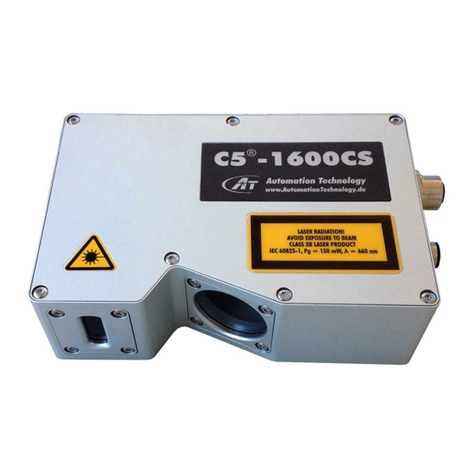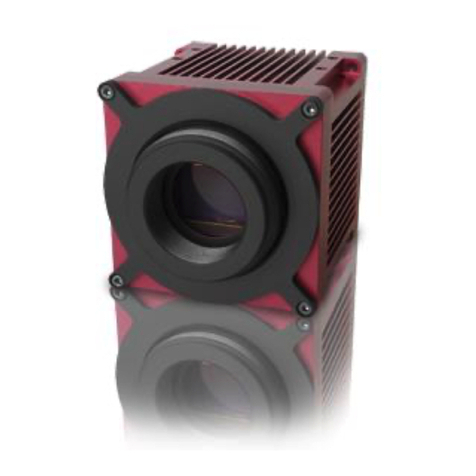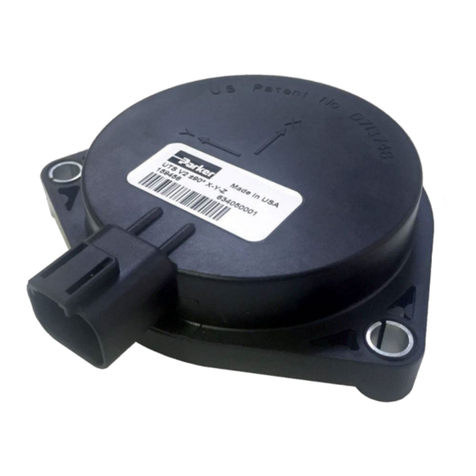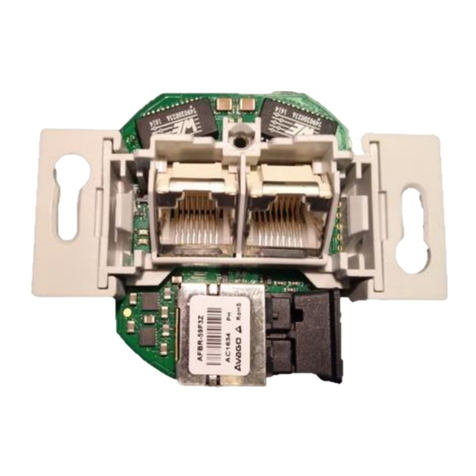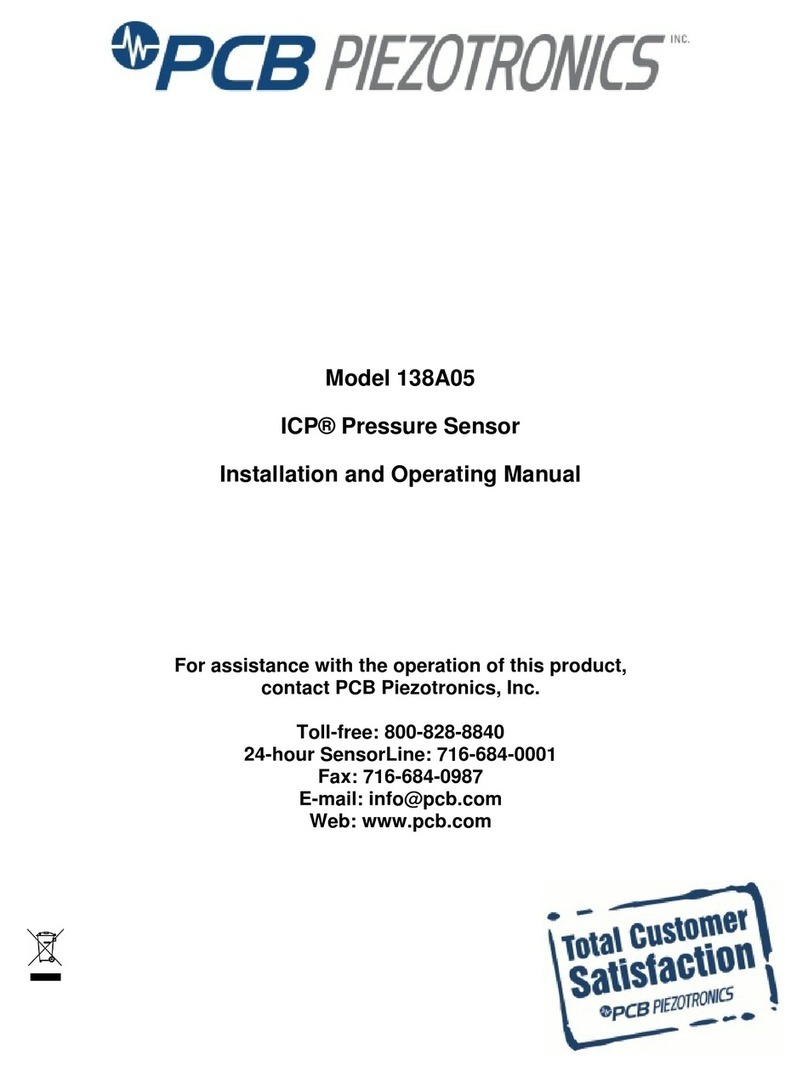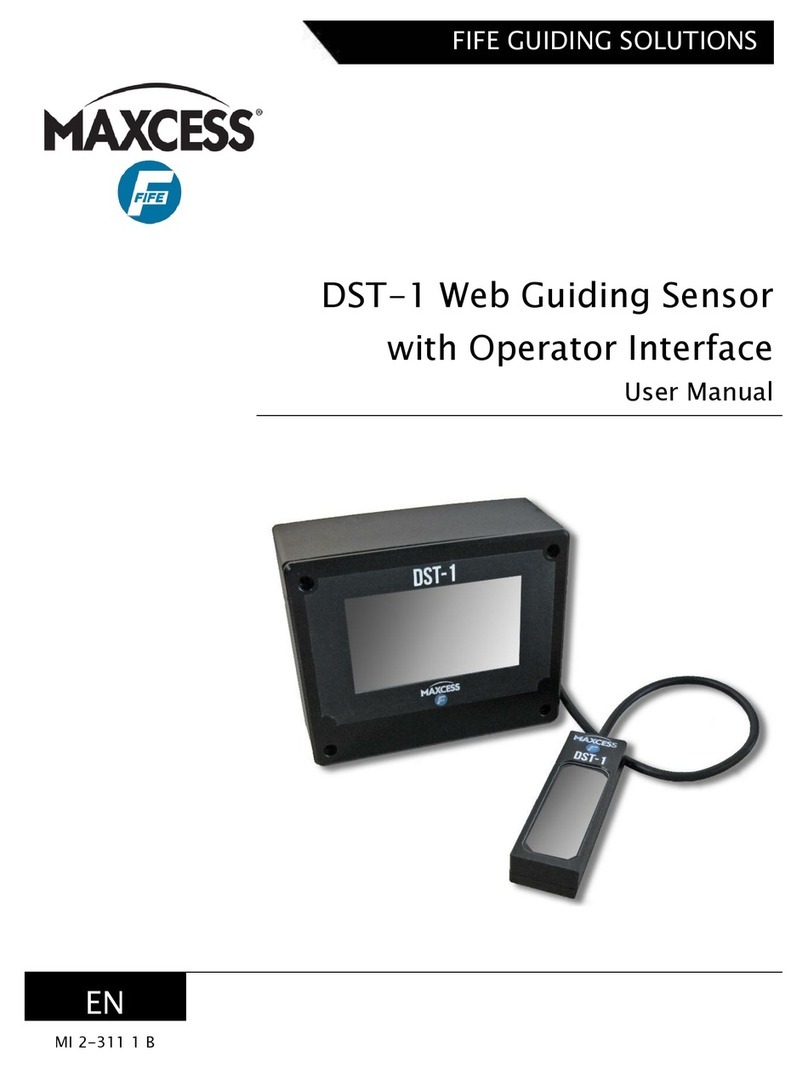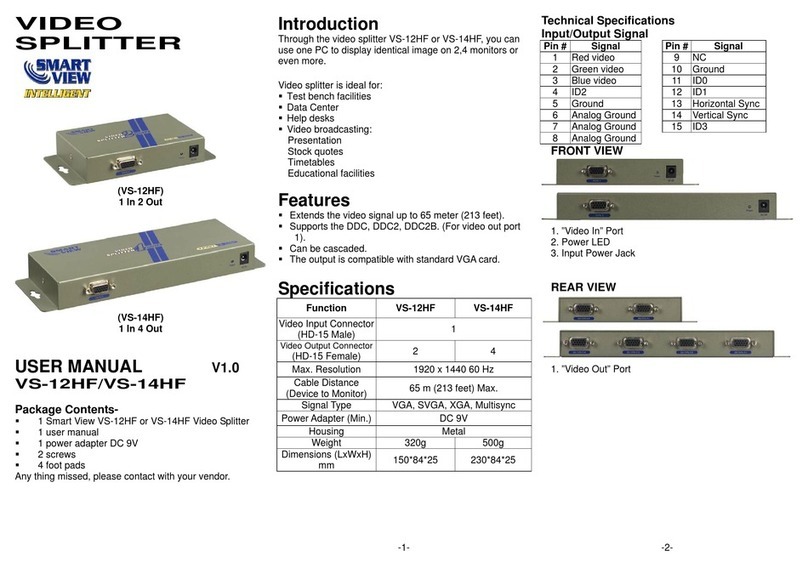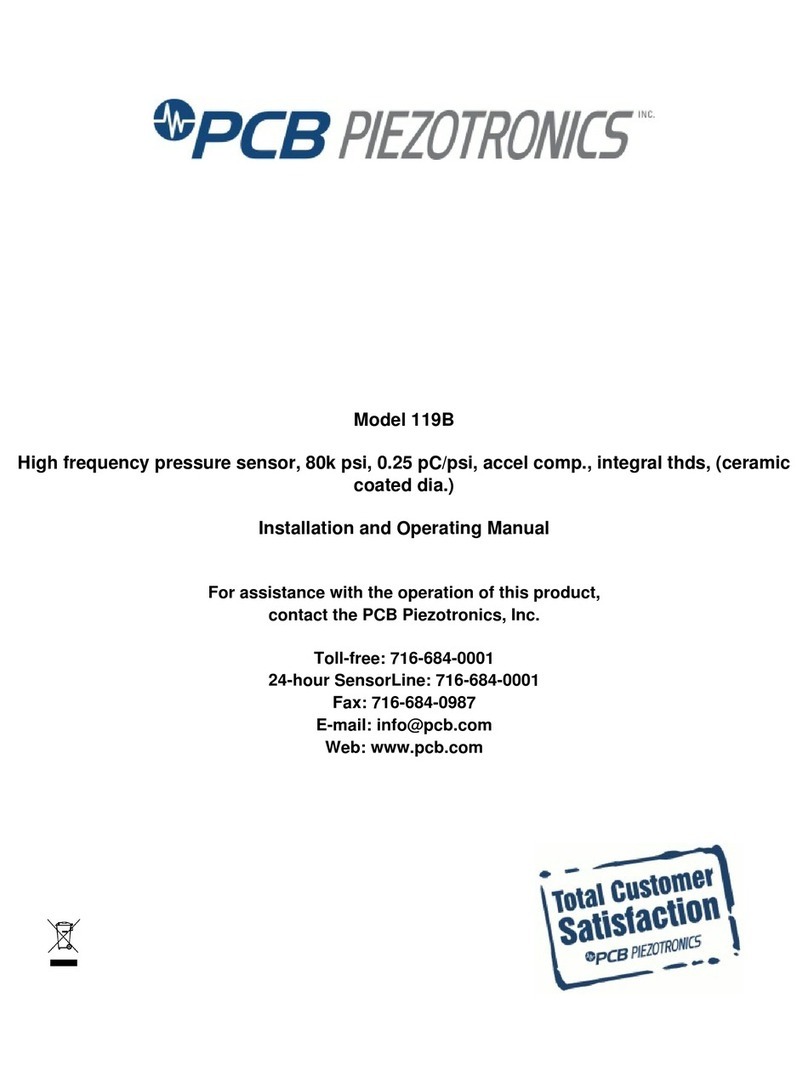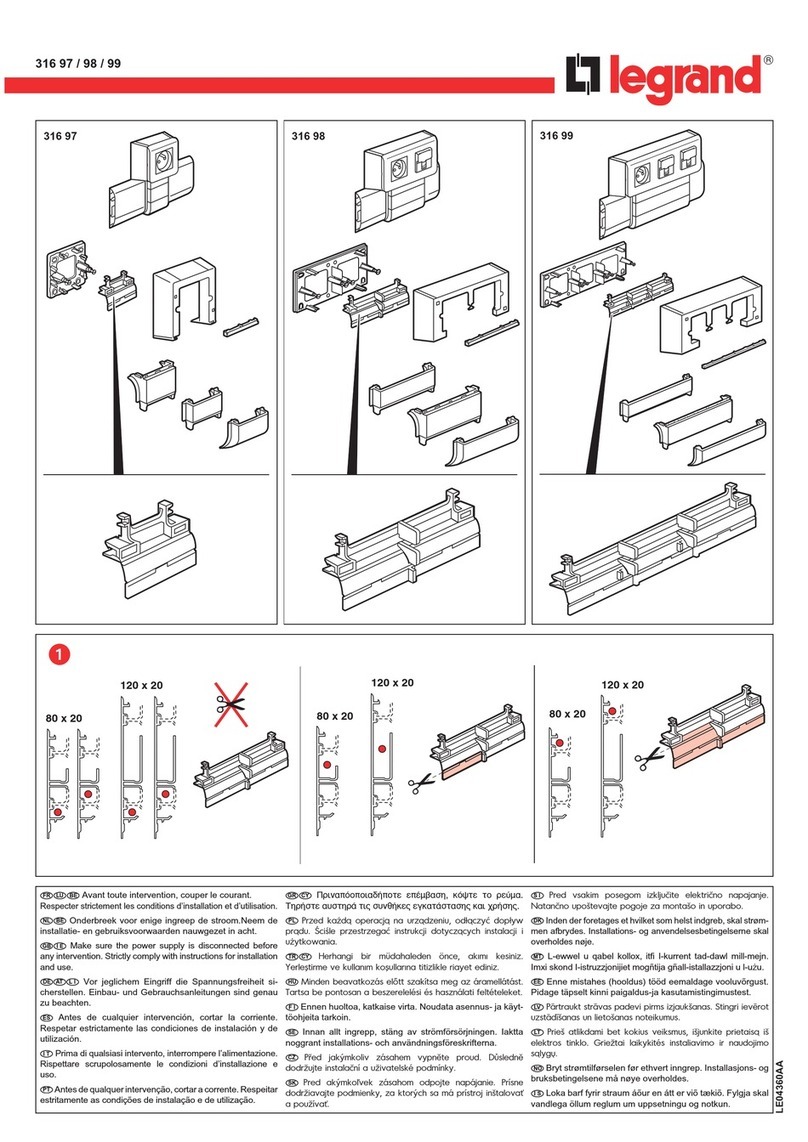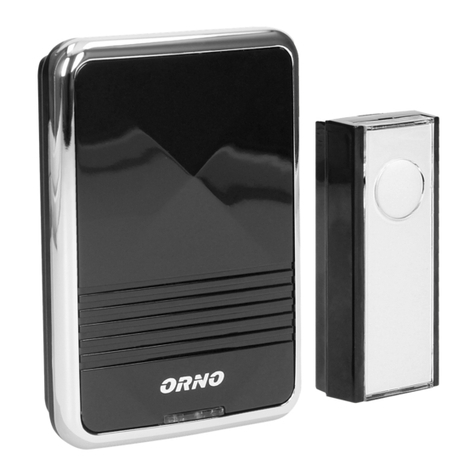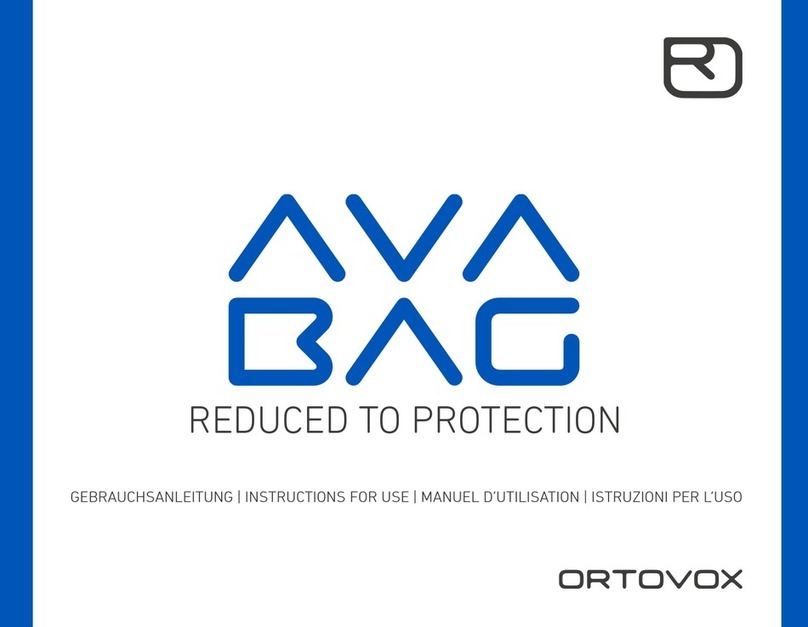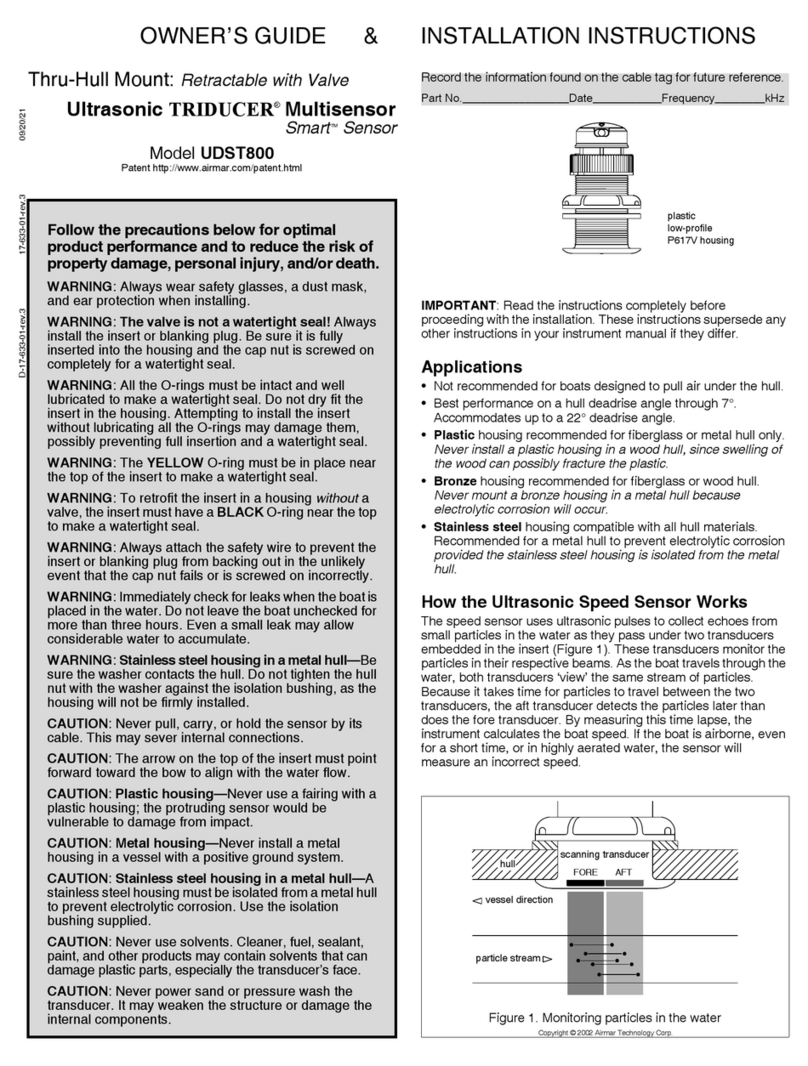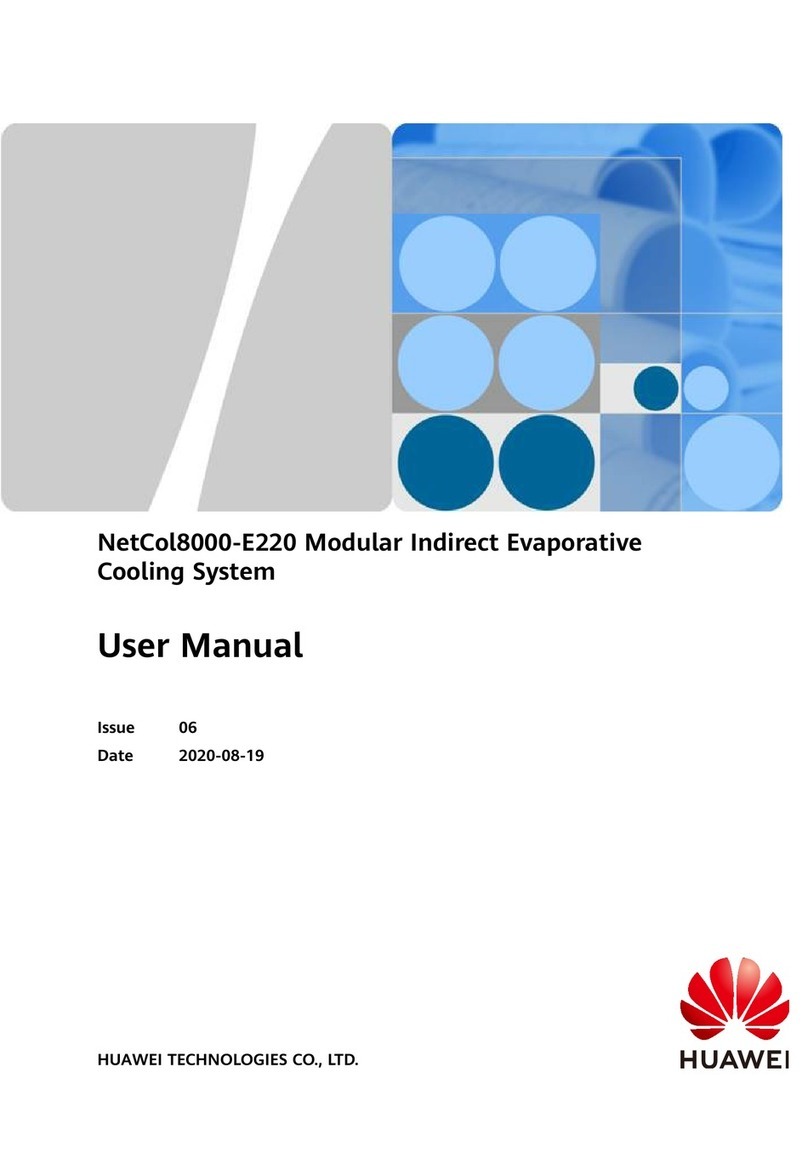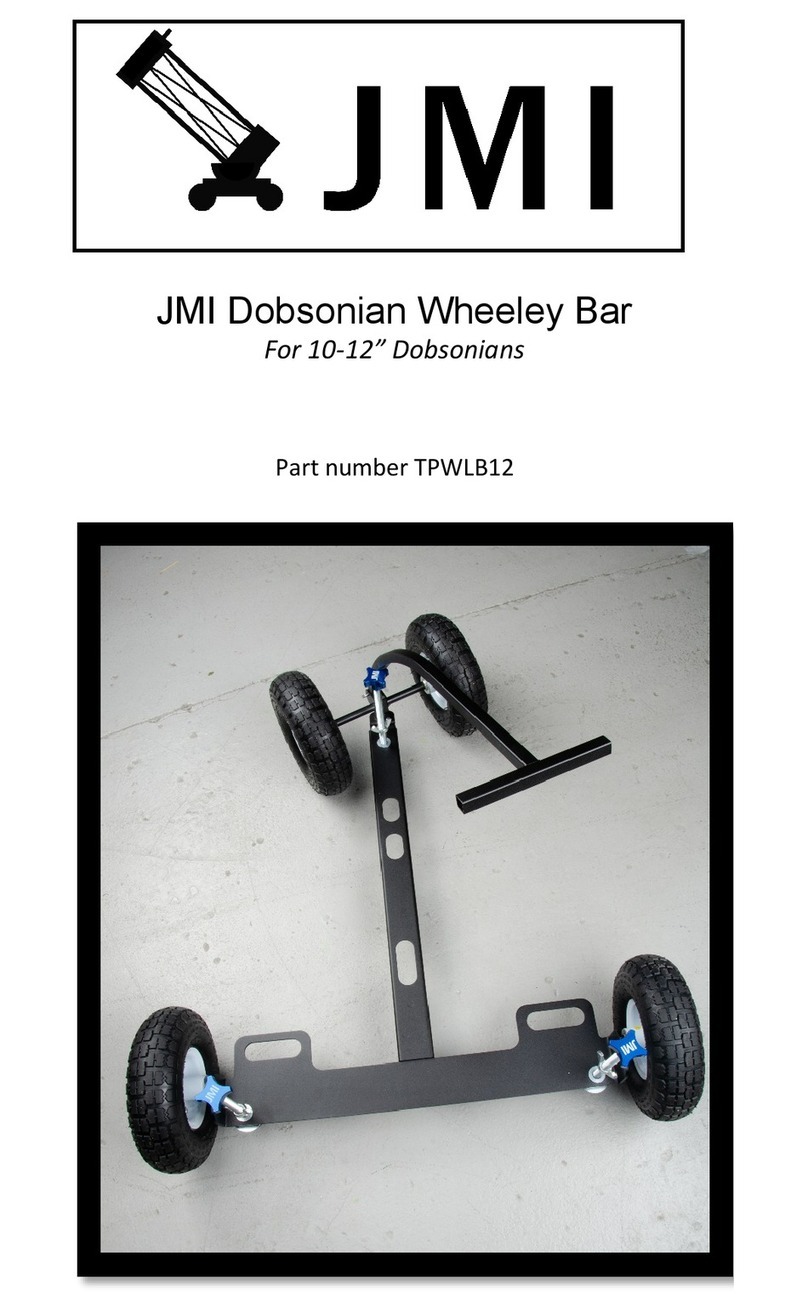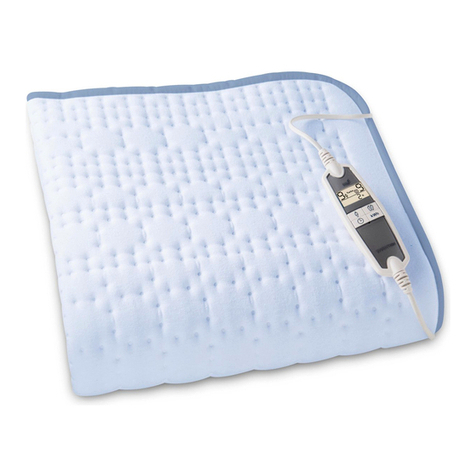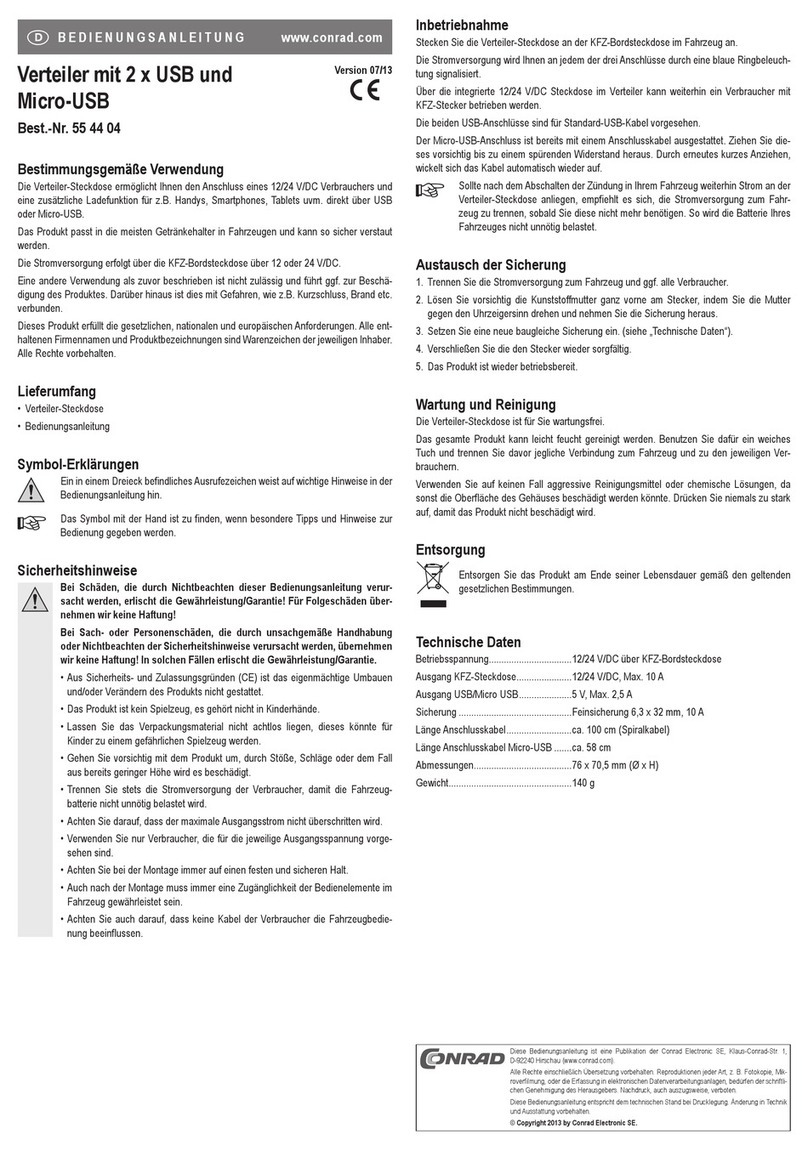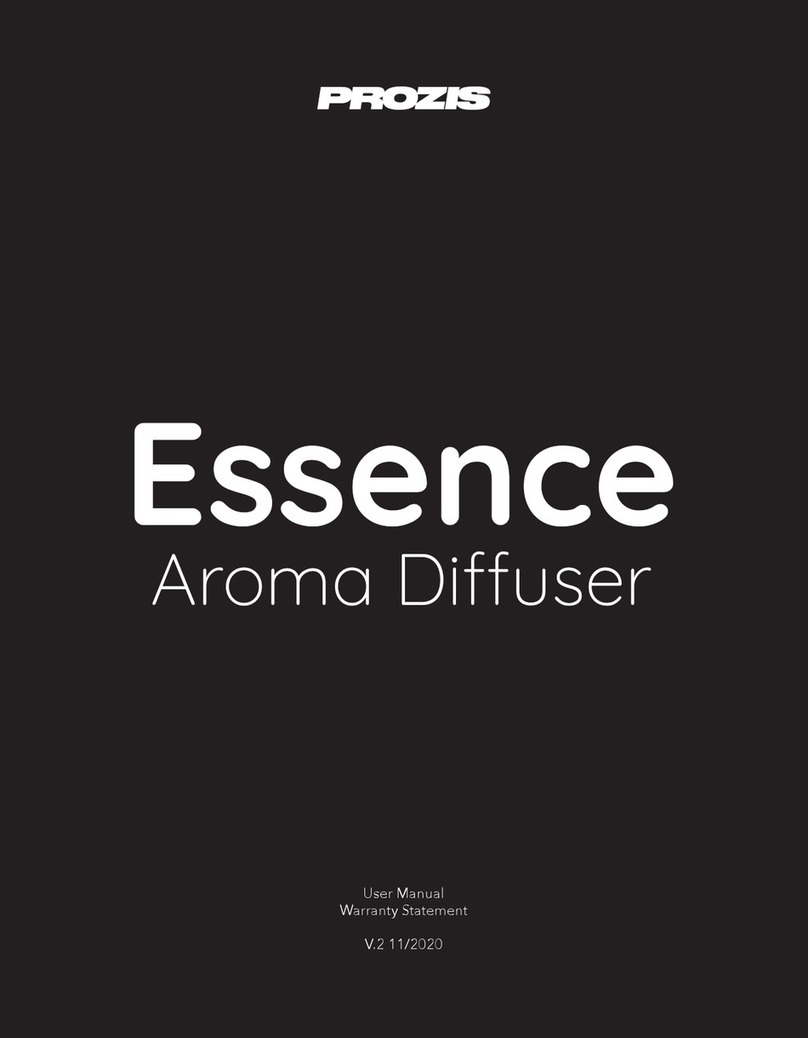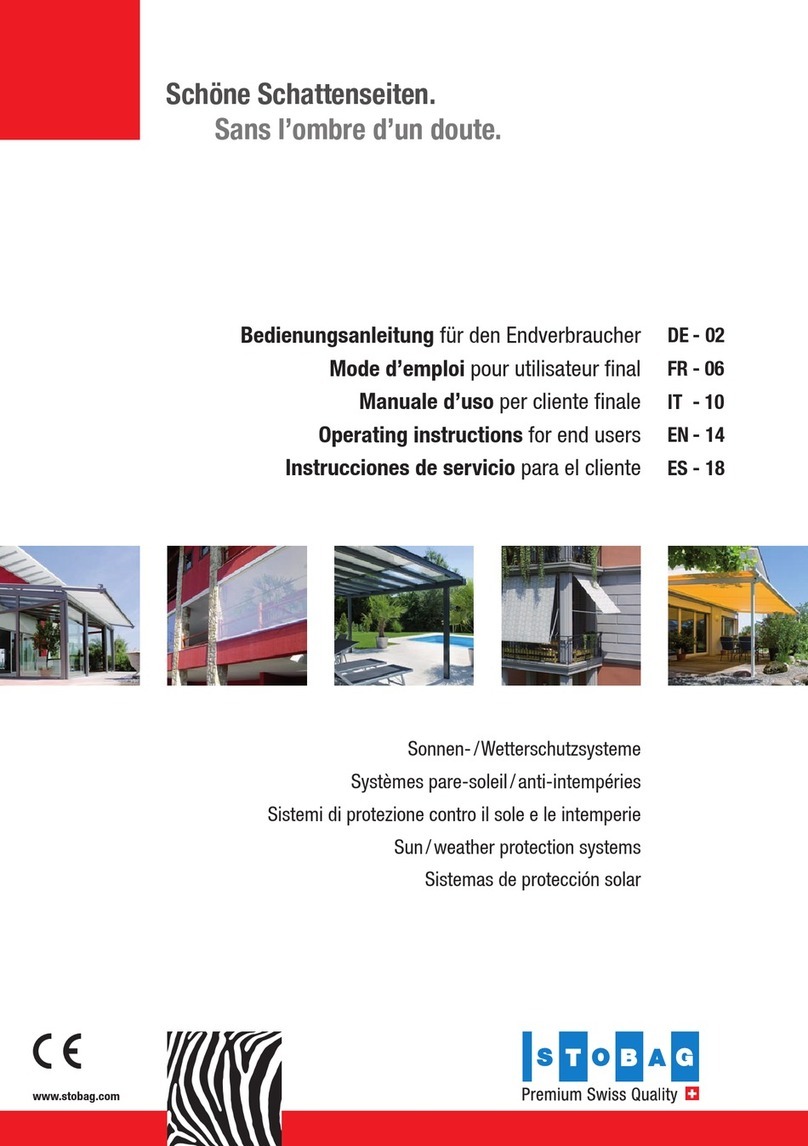Automation Technology MCS 1280 Series User manual

er
MCS Manual Rev. 1.4
User Manual for:
MCS cx1280
MCS cx2040
MCS cx4090


MCS Manual Rev. 1.4 1
Table of Contents
TABLE OF CONTENTS.........................................................................................................1
GENERAL NOTES.................................................................................................................4
Copyright ....................................................................................................................................................... 4
Disclaimer ...................................................................................................................................................... 4
Trademarks.................................................................................................................................................... 4
Symbols and Notes....................................................................................................................................... 5
Maintenance Instructions............................................................................................................................ 6
Cleaning ............................................................................................................................................................. 6
LASER SAFETY.....................................................................................................................7
Laser Safety Classification........................................................................................................................... 7
Laser Categories ........................................................................................................................................... 7
Class 2M............................................................................................................................................................. 8
Class 3R.............................................................................................................................................................. 8
Class 3B.............................................................................................................................................................. 9
Laser Responsibilities................................................................................................................................. 10
MCS OVERVIEW................................................................................................................11
Introduction................................................................................................................................................. 11
MCS 1280, 2040 and 4090 General Specifications ................................................................................. 12
MCS Sensor Specifications ............................................................................................................................. 14
Sensors Spectral Response.............................................................................................................................. 15
Temperature Range (Operation/Storage) ...................................................................................................... 16
Temperature and 3D Measurement .............................................................................................................. 16
General Guidelines for Heat Dissipation........................................................................................................ 16
Definition Working Distance and Field of View (FOV).................................................................................. 17
Definition Coordinate System ........................................................................................................................ 17
Mechanical Drawings...................................................................................................................................... 18
Laser MTBF (Mean Time Between Failures) ................................................................................................... 27
OPERATIONAL REFERENCE .............................................................................................28
Measuring Principle.................................................................................................................................... 28
Measurement Geometry................................................................................................................................. 28

2 MCS Manual Rev. 1.4
Sensor Algorithms...................................................................................................................................... 29
Image Mode (IMG) .......................................................................................................................................... 29
Maximum Intensity Profile Mode (MAX) ....................................................................................................... 30
Threshold Mode (TRSH) .................................................................................................................................. 31
Center Of Gravity Mode (COG)...................................................................................................................... 32
FIR Peak Mode (FIR PEAK)............................................................................................................................... 33
FIR Filter Function ....................................................................................................................................... 34
Subpixel Limitations .................................................................................................................................. 35
High Dynamic Range 3D Feature (HDR-3D)............................................................................................ 36
Multiple Slope Function .................................................................................................................................. 36
Multi-Frame Readout Mode (NDR) ................................................................................................................ 39
Data Output Format................................................................................................................................... 40
Data Channel Assignment DC0, DC1 and DC2 ........................................................................................... 40
Output Frame Structure.................................................................................................................................. 42
Advanced AOI Functions ........................................................................................................................... 46
AOI-Search ....................................................................................................................................................... 46
AOI-Tracking.................................................................................................................................................... 46
Trigger Options........................................................................................................................................... 47
Description of Profile Trigger Modes ............................................................................................................. 47
Trigger Control –RS422 Resolver .................................................................................................................. 48
Description of Modes for Triggering the Sequencer/Frame and Profile Acquisition.................................. 50
Chunk Data Mode ...................................................................................................................................... 52
General Description......................................................................................................................................... 52
Payload Layout in Chunk Data Mode ............................................................................................................ 53
XML Descriptors and Id’s ................................................................................................................................ 54
Chunk Data Structure ..................................................................................................................................... 55
GigE-Vision Events ..................................................................................................................................... 56
Web Interface.............................................................................................................................................. 57
CS-IO-Panel (Breakout Board)................................................................................................................... 59
Mechanical Drawings...................................................................................................................................... 59
Clamp Configuration ...................................................................................................................................... 60
Mechanical Dimension.................................................................................................................................... 61
Compact Sensor Series I/O Schematics ................................................................................................... 62
I/O and Encoder with Differential TTL-Mode for RS422 (Standard) ............................................................ 62
I/O and Encoder with Differential HTL-Mode for RS422 (Option).................................................... 63
I/O and Encoder with Single Ended HTL or TTL Mode for RS422 (Option) ................................................ 64
Part Number for I/O and Encoder Option...................................................................................................... 65
Master/Slave Connection .......................................................................................................................... 66
Example configurations for Master/Slave Connections................................................................................ 66
CS-GigE Interface........................................................................................................................................ 68
GigE Interface .................................................................................................................................................. 68
I/O & Power Interface...................................................................................................................................... 69
Description of LEDs ......................................................................................................................................... 70
Cables ........................................................................................................................................................... 71

MCS Manual Rev. 1.4 3
Cables for Power, I/O and Laser Control ....................................................................................................... 71
Wire Assignment of M12 17 pin Pigtail Cable ............................................................................................. 72
Cables for GigE Interface................................................................................................................................ 73
Orientation of Angled Adapter Cable ........................................................................................................... 75
GenICam Features ...................................................................................................................................... 76
Device Control ................................................................................................................................................. 76
Image Format Control..................................................................................................................................... 76
Acquisition Control ......................................................................................................................................... 76
Camera Control............................................................................................................................................... 76
Light Control.................................................................................................................................................... 77
Camera IO........................................................................................................................................................ 77
Trigger Control ................................................................................................................................................ 77
Transport Layer Control .................................................................................................................................. 77
User Set Control .............................................................................................................................................. 77
Chunk Data Control........................................................................................................................................ 77
Event Control................................................................................................................................................... 77
File Access Control .......................................................................................................................................... 77
CXEXPLORER OVERVIEW.................................................................................................78
cxExplorer.................................................................................................................................................... 78
cxExplorer Features.................................................................................................................................... 79
Image Wizard................................................................................................................................................... 79
Image Mode..................................................................................................................................................... 80
3D Wizard ........................................................................................................................................................ 81
3D Mode .......................................................................................................................................................... 82
CXSOFTWARE DEVELOPMENT KIT ................................................................................83
QUICKSTART A COMPACT SENSOR...............................................................................84
CALIBRATE THE SENSOR DATA......................................................................................85
cxExplorer.................................................................................................................................................... 85
cxSDK............................................................................................................................................................ 86
cxShow3d .................................................................................................................................................... 86
SERVICE INFORMATION ..................................................................................................88
Contact......................................................................................................................................................... 88
Support ........................................................................................................................................................ 88
Product Inquiries and Price Quotations .................................................................................................. 88
Warranty Conditions.................................................................................................................................. 89
Warranty Period............................................................................................................................................... 89
Extended Warranty.......................................................................................................................................... 89
Return Policy ............................................................................................................................................... 89

4 MCS Manual Rev. 1.4
Document Revision .................................................................................................................................... 90
General Notes
Copyright
© 2021 AT - Automation Technology GmbH
All rights reserved. No part of this document shall be reproduced, stored in a retrieval system, or
transmitted by any means, electronic, mechanical, photocopying, recording, or otherwise without
consent in writing from the owners, AT - Automation Technology GmbH.
Disclaimer
While care has been exercised in the preparation of this document to ensure that it is fully correct
and comprehensive, the owners assume no responsibility for errors or omissions. Neither is any
liability assumed for damages resulting from the use of the information contained herein. No
license is granted under any patents or patent right of AT - Automation Technology GmbH.
Trademarks
All nationally and internationally recognized trademarks and trade names are hereby
acknowledged. This document is subject to change without notification. All rights reserved.

MCS Manual Rev. 1.4 5
Symbols and Notes
The following general safety rules must be taken into account during installation, operation and
maintenance. Failure to do so may cause damage to the operator, the sensor or the
environment.
Warning
•Do not use the sensor in adverse environmental conditions, such as in
rooms with a high concentration of flammable gases, vapors or dust.
•Make sure that all cables are routed without risk of tripping.
•Only connect the power cord to the mains voltage after finishing the
installation of the camera.
Read the manual
•Read the operating instructions before using the sensor.
•Make sure that the operating personnel have read the operating
instructions and understood the contents!
•Observe the safety instructions.
•Observe the locally applicable safety and accident prevention regulations.
•In case of any uncertainty contact the manufacturer.
CE marking, see Declaration of Conformity
RoHS
RoHS mark, the system complies with RoHS Directive 2002/95 / EG
WEEE mark, the system is registered according to the WEEE directive under the
WEEE-Reg.-No. DE 13042735
Safety information
General remark

6 MCS Manual Rev. 1.4
Maintenance Instructions
Cleaning
The sensor is maintenance-free. This chapter is limited to cleaning the sensor. Use only the
following items:
•Water
•Residue-free, weak detergent solution
•Soft cloth
•Lens cleaner liquid or 96% ethyl alcohol
•Lens cleaning cloths
Clean the sensor with the wetted, non-dripping cloth. Don´t expose the sensor to running liquids
or immerse it.
If the protective windows are dirty, it must only be cleaned by authorized specialist personnel.
Clean the windows only when absolutely necessary and within a clean environment.
Never use solvents or similar liquids to clean the sensor, protectiv windows,
cables or accessories. This can lead to damage.

MCS Manual Rev. 1.4 7
Laser Safety
Automation Technology´s compact sensor series have an integrated laser (Laser = Light
Amplification by the Stimulated Emission of Radiation) module, which has to incorporate
additional safety features, depending on the applicable laser class.
Laser Safety Classification
The International Electrotechnical Commission (IEC) and the U.S. Center for Devices & Radiological
Health (CDRH) enforce strict safety requirements for lasers and laser products.
The relevant standards, IEC 60825–1 (2001-08) and 21 CFR 1040.10/11 (CDRH), classify lasers
into several categories. The regulations regarding the different classes applicable to the used laser
are given here for the IEC 60825-1 standard.
Laser Categories
The classification of a laser product is based on the laser power measured according to the
methods defined by the IEC standard. The classification refers to the wavelength range between
400 nm and 700 nm.
This corresponds to the maximum light power measured through a 7 mm aperture, measured in
distances given in the standard. The limitations for the classification of the laser classes are then
the following.

8 MCS Manual Rev. 1.4
Class 2M
Class II/2M lasers are visible low power lasers limited to 1 mW continuous wave or more due to
the eye blink reflex for emission duration less than 0.25 seconds.
Considered eye-safe with caution but may present a greater hazard if viewed using collecting
optics. Focusing of this light into the eye could cause eye damage. Class II/2M laser products must
bear warning and certification labels as shown in the figure below.
This label reprinted here is an example for an IEC classified 2M
laser. For detailed specifications observe the label on your sensor.
Class 3R
Class IIIa/3R lasers emit optical power between 1 to 5 mW. The accessible emission limit is five
times higher than for Class 2 visible laser light. Radiation in this class is considered low risk, but
potentially hazardous. Fewer manufacturing requirements and control measures for 3R laser users
apply than for 3B lasers.
Class IIIa/3R laser products must bear warning and certification labels as shown in the figure below.
This label reprinted here is an example for an IEC classified 3R
laser. For detailed specifications observe the label on your sensor.

MCS Manual Rev. 1.4 9
Class 3B
Class IIIb/3B lasers are medium power laser sources above 5mW up to 500 mW. Considered
dangerous to your retina if exposed. Normally class IIIb/3B lasers will not produce a hazardous
diffuse reflection. Viewing into the reflection should not exceed exposure duration more than 10
seconds
Class IIIb/3B laser products must bear warning and certification labels. In addition to the above
requirements, the certification for class IIIb/3B laser systems is only given if additional safety
requirements are fulfilled and a laser safety officer is named.
This label reprinted here is an example for an IEC classified 3B
laser. For detailed specifications observe the label on your sensor.

10 MCS Manual Rev. 1.4
Laser Responsibilities
Requirement
Class 2M
Class 3R
Class 3B
System Interlock
Not required
Not required
Required
Warning Signs
Not required
Required
Required
Emission Indicator
Not required
Not required
Required
Laser Safety Officer
Not required
Required
Required
Key Control
Not required
Not required
Required –key removal
disable laser
Eyewear Protection
Not required
Not required
Required –under special
circumstances
Emission Delay
Not required
Not required
Required
Specular reflection
Not required
Avoid unintended
reflections
Avoid unintended
reflections
Beam Path Control
Not required
Not required
Required
Beam Attenuator
Not required
Not required
Required
Training
Not required
Required for operator and
maintenance personnel
Required for operator and
maintenance personnel

MCS Manual Rev. 1.4 11
MCS Overview
Introduction
The MCS series is a revolutionary product family of intelligent high speed laser triangulation
sensors. It is optimised for 3D profile measurement by means of laser triangulation technique. The
3D profile extraction is performed in the sensor by using high performance Field Programmable
Gate Array processors. At the same time the 3D profile data is sent to the PC over a Gigabit
Ethernet interface (GigE). This extreme data reduction boosts the measuring speed to
unprecedented levels without affecting the performance of the connected image processing unit.

12 MCS Manual Rev. 1.4
MCS 1280, 2040 and 4090 General Specifications
Sensor Controls
Synchronization Modes
Free Running, Triggered, Software Triggered
Exposure Modes
Programmable, Pulse Controlled
Shutter Modes
Global Shutter
Digital Input
2 electrical isolated inputs, +5V to +24V DC
VIL, logic “0” Voltage < 1.5V
VIH, logic “1” Voltage > 3.5V
Max. frequency: 450kHz
Min. pulse width: >2µs
Digital Output
2 electrical isolated outputs, +5V to +24V DC
VOL, logic “0” Voltage < 0.5V
VOH, logic “1” Voltage ≥ 3.8V
IOL, logic “0” drive current max. 100mA
IOH, logic “1” drive current max. 100mA
Encoder/Resolver Input1
A+, A-, B+, B-, Z+, Z-
High-Speed Triple RS-422 Receiver
Max. input voltage +5V DC (TTL level)
Max. current consumption per channel: 21mA
RS-422-Mode, max. frequency: 15MHz
Min. pulse width: >32ns
Laser Supply
Reverse voltage protection
Supply voltage +10V to +24V DC
Laser modulation
Sensor Features
High Dynamic Range Imaging
Multiple Slope, Multi-Frame Readout
3D-Algorithms
MAX, TRSH, COG, FIR PEAK
3D-Scan Features
Automatic AOI-Tracking, Automatic AOI-Search, Multiple
AOIs, AutoStart
Electrical Interface
Power Supply
+10V to +24V DC (max. +27V DC)
Power Consumption
6W to 10W (depending on sensor model)
Operating Temperature
0°C to +50°C (non-condensing)
Output Data Interface
Gigabit Ethernet (IEEE 802.3)
1
Valid for differential TTL (standard). For HTL and single ended options see section Compact Sensor Series I/O
Schematics

MCS Manual Rev. 1.4 13
Communication Protocol
GigE Vision with GenICam
Mechanical Interface
Power Connector
17 pin, M12 connector
Ethernet Connector
8 pin, A-coded M12 connector
Mechanical Stress Specification
Vibration (sinusoidal each axis)
2g, 20 to 500Hz
IEC 60068-2-6
Vibration (random each axis)
5g, 5 to 1000Hz
IEC 60068-2-64
Shock (each axis)
15g
IEC 60068-2-27
Enclosure rating
IP67
IEC 60529

14 MCS Manual Rev. 1.4
MCS Sensor Specifications
Parameters
Sensor Specifications
Sensor Type
CMOS
Shutter Type
Global Shutter
Resolution (Row x Column) in Pixel
1280x10242
2048 x 1088
4096 x 3072
Sensor ADC Resolution
12 Bit
10 Bit
Sensor Dynamic Range
90dB with HDR
Max. Power Consumption
10 W
6 W
10 W
Max. Profile Rate at Max. Row Width3
94700 Hz
25000 Hz
14500 Hz
Effective Profile Rate
(Hz) at Max. Row Width
Number of Rows
Effective Frame / Profile Rate (Hz)
8
94700
25000
14500
16
56000
16000
9700
32
30840
9540
5800
64
16240
5240
3200
128
8340
2700
1700
256
4230
1400
900
512
2130
723
450
1024
1070
358
225
3072
-
-
75
2
MCS cx1280 can horizontal binning, vertical binning and reduce the width to increase the
profile rate
3
With reduced AOI (AoiHeight = 8)

MCS Manual Rev. 1.4 15
Sensors Spectral Response
0
10
20
30
40
50
60
70
300 350 400 450 500 550 600 650 700 750 800 850 900 950 1000
QUANTUM EFFICIENCY [ % ]
WAVELENGTH [nm]
SPECTRAL RESPONSE
cx1280 cx2040 cx4090

16 MCS Manual Rev. 1.4
Temperature Range (Operation/Storage)
Housing temperature during operation: 0°C to +50°C (+32°F to +122°F)
FPGA temperature (Mainboard)
during operation: 0°C to +60°C (+32°F to +140°F)
Humidity during operation: 20 % to 80 %, relative, non-condensing
Storage temperature: -20°C to +80°C (-4°F to +176°F)
Storage humidity: 20 % to 80 %, relative, non-condensing
The temperature affects the lifetime of the MCS device. We recommend
to ensure a proper heat dissipation.
Temperature and 3D Measurement
The 3D laser sensor will gradually become warmer during the first hour of operation. After one
hour of operation, the housing temperature as well as the sensor temperature should be stabilized
and no longer increase. Afterwards a reliable and stable 3D measurement is given.
Rapid changes of the ambient temperature greater than 10°C can affect the accuracy of the
measurement. To achieve the highest possible accuracy, it is recommended to wait until the sensor
got back into a stabilized state where the sensor temperature doesn´t change anymore.
General Guidelines for Heat Dissipation
-Mount the MCS sensor to a heat conductive material with an absolute thermal resistance
of at least 6 K / W.
-Always monitor the temperature of the sensor (on-board, available over GenICam) and
make sure that the mainboard temperature does not exceed 60°C.
-Keep in mind that dark current and noise performance for CMOS sensor will degrade at
higher temperature.

MCS Manual Rev. 1.4 17
Definition Working Distance and Field of View (FOV)
Definition Coordinate System

18 MCS Manual Rev. 1.4
Mechanical Drawings
Housing Types
1
4
2
5
3
6
This manual suits for next models
2
Table of contents
Other Automation Technology Accessories manuals
